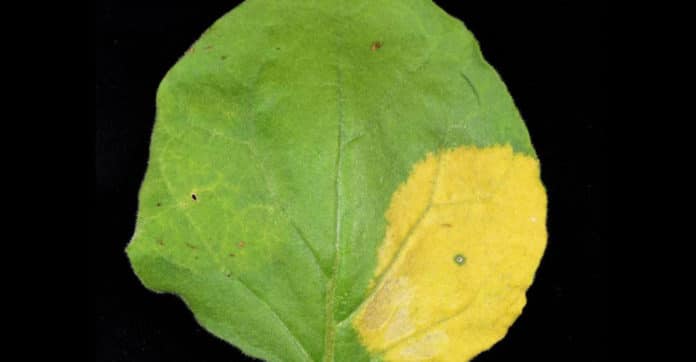Carotenoids are a group of natural pigments present in plants that protect leaves from excess light and give yellow to red colors to flowers and fruits to attract animals to pollinate them and disperse their seeds. Notable examples are beta-carotene from carrots and lycopene from tomatoes.
Humans and animals need to ingest these nutrients in the diet routine as a wellspring of vitamin A antioxidants by consuming fruits, vegetables, and greens.
Even though the chloroplasts of green tissues contain carotenoids, the most elevated compounds occur in cellular organelles called chromoplasts formed from chloroplasts in flowers and fruits. This transformation is liable for the color change during the ripening of fruits and vegetables, such as tomatoes, which go from green (when they only have chloroplasts) to red (when chloroplasts change into chromoplasts). Notwithstanding, chloroplasts in leaves generally don’t change into chromoplasts.
A new collaborative study led by Manuel Rodríguez-Concepción, CSIC researcher at CRAG and IBMCP, describes a promising strategy to improve crops’ nutritional benefits.
The study proposes the controlled change of chloroplasts (organelles that conduct the photosynthesis in plant leaves) into chromoplasts (organelles specialized in delivering and storing many carotenoids). Free of substances destructive to the environment, this innovation has been licensed. It opens new points of view for the nutritional improvement (biofortification) of crops and the sustainable production of carotenoids of interest to the cosmetic, pharmaceutical, and food industries.
Briardo Llorente, first author and co-leader of the work, said, “It is not known in detail how the transformation of chloroplasts into chromoplasts works, but we have now discovered that the starting point is to weaken the ability of chloroplasts to carry out photosynthesis. After this stage, it is only necessary to activate carotenoids’e production to complete this complex transformation.”
The two phases of this process occur naturally in flowers and fruits. This study has shown that they can also be induced in leaves by stimulating the production of phytoene, the compound from which the different types of carotenoids are formed. The formation of phytoene leads to a synthetic transformation of chloroplasts into chromoplasts.
Manuel Rodríguez-Concepción said, “Our tests show for the first time that when the level of phytoene exceeds a certain threshold, it weakens the photosynthetic capacity that characterizes leaf chloroplasts. Afterward, the conversion of this phytoene into carotenoids causes the weakened chloroplasts to transform into chromoplasts, accumulating high levels of these healthy nutrients.”
The study also has also shown that the loss of photosynthetic capacity and the synthesis of carotenoids are not only a consequence but also a requirement for the transition from chloroplasts to chromoplasts.
This research brings to the table a procedure with enormous potential to increase the nutritional value of leaves and other green parts of plants, which are especially reluctant to biofortification with carotenoids. The induced formation of chromoplasts causes the leaves of edible plants, such as lettuce, and green vegetables, such as zucchini, to acquire a characteristic yellowish-golden color caused by the accumulation of carotenoids.
The developed system works in all plant species tested so far, so it could enrich the harvestable tissues of crop plants with carotenoids once their photosynthetic activity is dispensable (for example, just before harvest).
Manuel Rodríguez-Concepción said, “Our tests show for the first time that when the level of phytoene exceeds a certain threshold, it weakens the photosynthetic capacity that characterizes leaf chloroplasts. Afterward, the conversion of this phytoene into carotenoids causes the weakened chloroplasts to transform into chromoplasts, accumulating high levels of these healthy nutrients.”
Journal Reference:
- Briardo Llorente et al. Synthetic conversion of leaf chloroplasts into carotenoid-rich plastids reveals the mechanistic natural chromoplast development basis. DOI: 10.1073/pnas.2004405117
